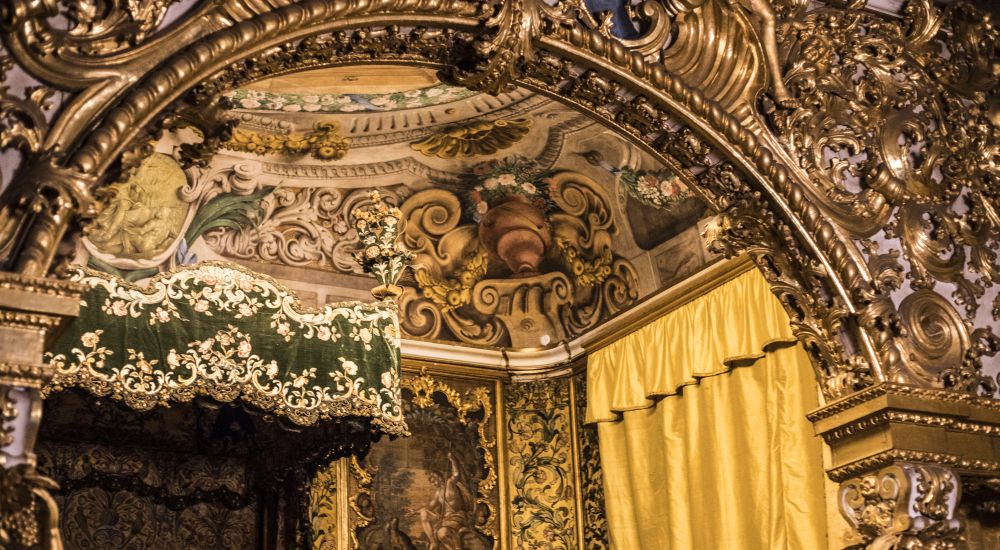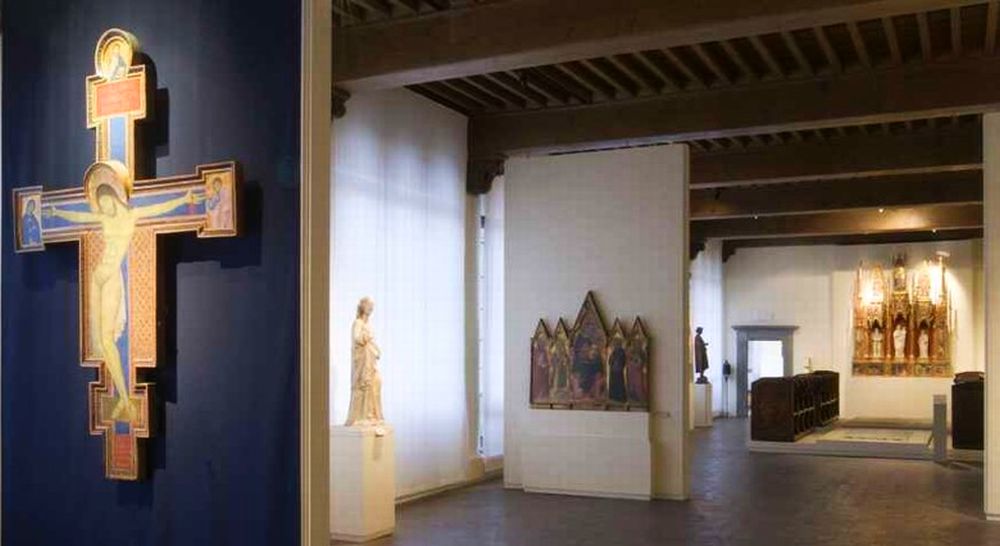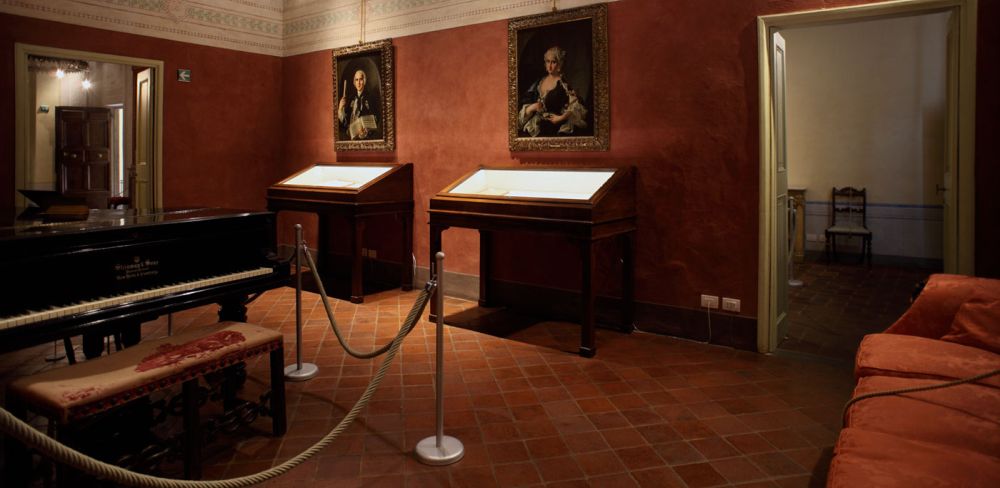Artistic expressions have always been important. The great paintings that adorned the churches of Lucca, the music that filled the spaces on official occasions and that still resonates on many occasions and a very special art, weaving, which made Lucca one of the capitals of Europe and inspired some of the local legend for which the intercessions of its beautiful churches would reproduce the designs of the precious fabrics.
A Silk yarn
An "art" inseparable from the history of the city is the art of silk. Precious tapestries, dresses, decorations.
A visit to the National Museum of Palazzo Mansi is a double discovery. In addition to the art gallery, the palace itself, an aristocratic residence of the 18th century, is worth a visit. The layout of the rooms, the furnishings, the tapestries rich in local and northern European handicrafts, testify to the wealth and the commercial and political role played by this small town in the period of maximum flourishing of the art of silk since the Middle Ages.
The art of weaving is an element that recurs many times and in many ways inside the palace. A rustic weaving workshop, a fabric restoration workshop, a collection of clothes from the rich family wardrobes: male and female, civil and official, noble and servile, (from the 18th century to the present day) and ecclesiastical vestments, wallpaper, secular and liturgical whites, the rich and precious tapestries on the main floor, make the palace a fundamental place to get to know this important episode in the history of the city.
The bride and groom's alcove is certainly the most famous room of the rich mansion with its gilded wood panelling and gold tapestries embroidered with flowers and birds worthy of a small palace. In the canopy bed slept the beautiful Lucida Mansi, protagonist of a tangled legend that had as a scene some symbolic places of the city: the small lake now included in the walls of the Botanical Garden, the Tower of the Hours, the Renaissance Walls.
A few centuries later Alberto Sordi rested there, in the role of Marquis del Grillo, the famous italian film shot in Lucca in 1981 by the great director Mario Monicelli.
Painting
In the rooms of the National Museum of Villa Guinigi, an imposing building in late Gothic style, which was the home of Paolo Guinigi, lord of Lucca from 1400 to 1430, we retrace the artistic history of the city: from the artifacts of the archaeological collection of the eighth century BC to the great paintings of the eighteenth century.
One of the richest and most interesting collections of works produced for Lucca by artists from Lucca or foreigners for ecclesiastical and secular clients.
Contemporary Art
Don't let art lovers be impressed by the imposing facades of the medieval churches and the imposing Renaissance walls. The habit for art is rooted in this small town.
More than 70,000 volumes and about 800 magazines, degree thesis, various archives and a collection of over 36,000 brochures and art catalogs, 180,000 images including photographs and cuttings and a collection of graphic works, paintings, drawings and sculptures, the result of donations from important contemporary Italian artists are the corpus of the Ragghianti Foundation. The sculptures are exhibited in the cloisters of the Monumental Complex of San Micheletto, seat of the Foundation. The structure hosts major exhibitions and workshops on local and international art themes that are an opportunity to visit if you are organizing your holidays, not to be missed if you are already in Lucca.
Music
Of all the arts, music is certainly the one that best characterizes the city. Lucca is the birthplace of international musicians and the adopted city of others who from different countries of the world have chosen to live there. The musical tradition in Lucca is still alive, the offer of concerts fi various musical genres rich. A visit to the city of music can only start from the PucciniMuseum the birthplace of Giacomo Puccini, a small apartment in the historic center of Lucca which, after reopening in 2015, is becoming one of the places not to be missed to get to know the city.
Concerts, workshops and themed visits enrich the experience of the visit and introduce you to the world of Opera.

_0.jpg)



